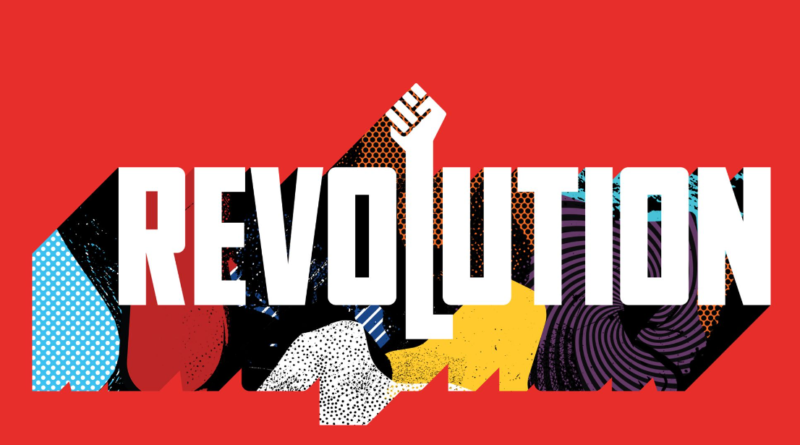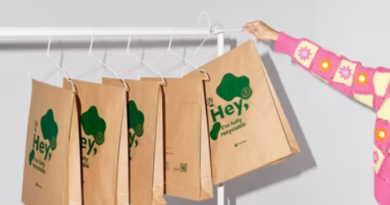Poster Design Revolution: Innovative Approaches to Marketing Visuals
In the fast-paced world of marketing, where attention spans are shrinking, the need for captivating visuals has never been more crucial. Posters, a timeless medium, have undergone a revolutionary transformation in recent years. However, regardless of the nature of your business, create a poster can be a game-changer. This blog will delve into the innovative approaches shaping the poster design revolution and their impact on marketing strategies.
1. The Traditional Poster Era
1.1 Aesthetic Appeal of Bold Colors
The traditional posters were known for their vibrant and bold color choices. These colors were carefully selected to grab attention and create a visual impact. While this approach was effective in its time, it lacked the nuance needed to convey more complex messages.
1.2 Catchy Slogans: The Heart of Communication
Memorable slogans were the backbone of traditional posters. These succinct phrases aim to encapsulate the essence of a brand or message. However, as marketing evolved, the need for more comprehensive storytelling became apparent.
2. The Rise of Interactive Posters
2.1 Augmented Reality (AR): Poster Beyond Paper
With the integration of AR technology, posters are breaking free from the confines of paper. AR adds a layer of digital interactivity, allowing users to engage with the poster in a three-dimensional space. This dynamic feature opens up new possibilities for creative expression.
2.2 QR Codes: Bridging the Physical-Digital Gap
Quick Response (QR) codes have become a bridge between the physical and digital worlds. By scanning these codes, users can unlock additional content, special offers, or interactive experiences related to the poster. This seamless integration enriches the viewer’s engagement.
3. Personalization in Poster Design
3.1 Demographic-Centric Designs
Personalization goes beyond addressing the audience by name; it involves creating visuals that resonate with specific demographics. From color schemes to imagery, personalized posters speak directly to the preferences and interests of the intended audience.
3.2 Geographic Relevance
Brands are now customizing posters based on the geographic location of their target audience. This ensures that the content is not only culturally relevant but also takes into account regional nuances, creating a more meaningful connection.
4. Minimalism and the Art of Simplicity
4.1 Stripping Away Distractions
Minimalist posters focus on stripping away unnecessary elements, leaving only the essential components. This design philosophy helps in cutting through the visual clutter and ensures that the core message stands out prominently.
4.2 Elegant Designs for Maximum Impact
Minimalism doesn’t mean sacrificing elegance. Elegant designs with clean lines and thoughtful use of negative space contribute to a sophisticated visual language that captivates the audience without overwhelming them.
5. Storytelling through Visuals
5.1 Images that Evoke Emotions
The shift towards storytelling involves selecting images that go beyond mere representation. Each visual element is chosen to evoke specific emotions, creating a narrative that resonates on a personal level with the viewer.
5.2 Sequencing Visual Elements
Similar to the chapters of a book, the visual elements in modern posters are sequenced to unfold a story. This strategic arrangement guides the viewer through a visual journey, enhancing the overall impact of the poster.
6. Sustainability in Design
6.1 Eco-Friendly Materials: More than a Trend
Sustainable practices have become integral to poster design. The use of recycled materials, vegetable-based inks, and environmentally friendly printing processes reflects a commitment to reducing the ecological footprint of poster production.
6.2 Longevity of Green Posters
Beyond environmental benefits, sustainable posters also have a longer lifespan. The durability of the materials used ensures that the poster remains intact for an extended period, contributing to a more sustainable and responsible marketing approach.
7. The Role of Typography
7.1 Font Psychology
Typography is not just about choosing attractive fonts; it’s about understanding font psychology. Different fonts evoke different emotions, and brands are leveraging this understanding to convey their messages more effectively.
7.2 Custom Fonts for Brand Identity
Brands are increasingly investing in custom fonts to establish a unique brand identity. These fonts are crafted to align seamlessly with the brand’s personality, contributing to a cohesive visual language across all marketing materials.
8. Social Media Integration
8.1 Amplifying Reach through Hashtags
Social media has become an extension of traditional poster campaigns. Incorporating relevant hashtags allows brands to amplify their reach, creating a digital conversation around the poster and facilitating user-generated content.
8.2 Metrics Beyond the Streets
Beyond traditional metrics like foot traffic, social media integration provides brands with quantifiable data. The number of shares likes, and comments serve as valuable feedback, helping brands gauge the effectiveness of their poster campaigns.
9. The Future of Poster Design: AI and Beyond
9.1 AI-Driven Audience Analysis
Artificial Intelligence is not just a tool for creating visually appealing posters; it also plays a crucial role in audience analysis. AI algorithms analyze user behavior, preferences, and demographic data, providing insights that inform future poster designs.
9.2 Dynamic Content Creation
AI-powered tools can generate dynamic content for posters in real time. This adaptability ensures that posters remain relevant in a rapidly changing market, allowing brands to respond swiftly to emerging trends and consumer preferences.
9.3 Personalized Augmented Reality Experiences
The future holds the promise of personalized augmented reality experiences. AI will enable the creation of AR elements tailored to individual preferences, providing a unique and engaging interaction for each viewer.
9.4 Ethical AI in Design
As AI becomes more ingrained in poster design, there’s a growing emphasis on ethical considerations. Designers and brands are recognizing the importance of ensuring that AI algorithms used in poster creation adhere to ethical standards, avoiding biases and promoting inclusivity.
Conclusion
The journey through the poster design revolution reveals a landscape where innovation is key to lasting impact. If you think about how to make posters then introducing our cutting-edge poster making app, where creativity meets simplicity! As brands continue to embrace these innovative approaches, the synergy of technology, personalization, and sustainability will propel poster design into an exciting and dynamic future.
In conclusion, the evolution of poster design goes beyond surface aesthetics, diving into the realms of interactivity, personalization, and sustainability. By embracing these innovative approaches, brands ensure their posters not only capture attention but also create a lasting impression in the hearts and minds of their audience.




